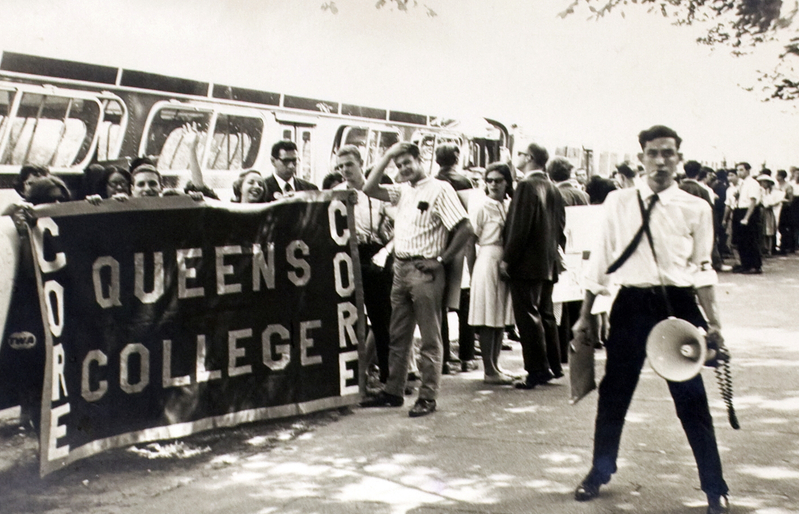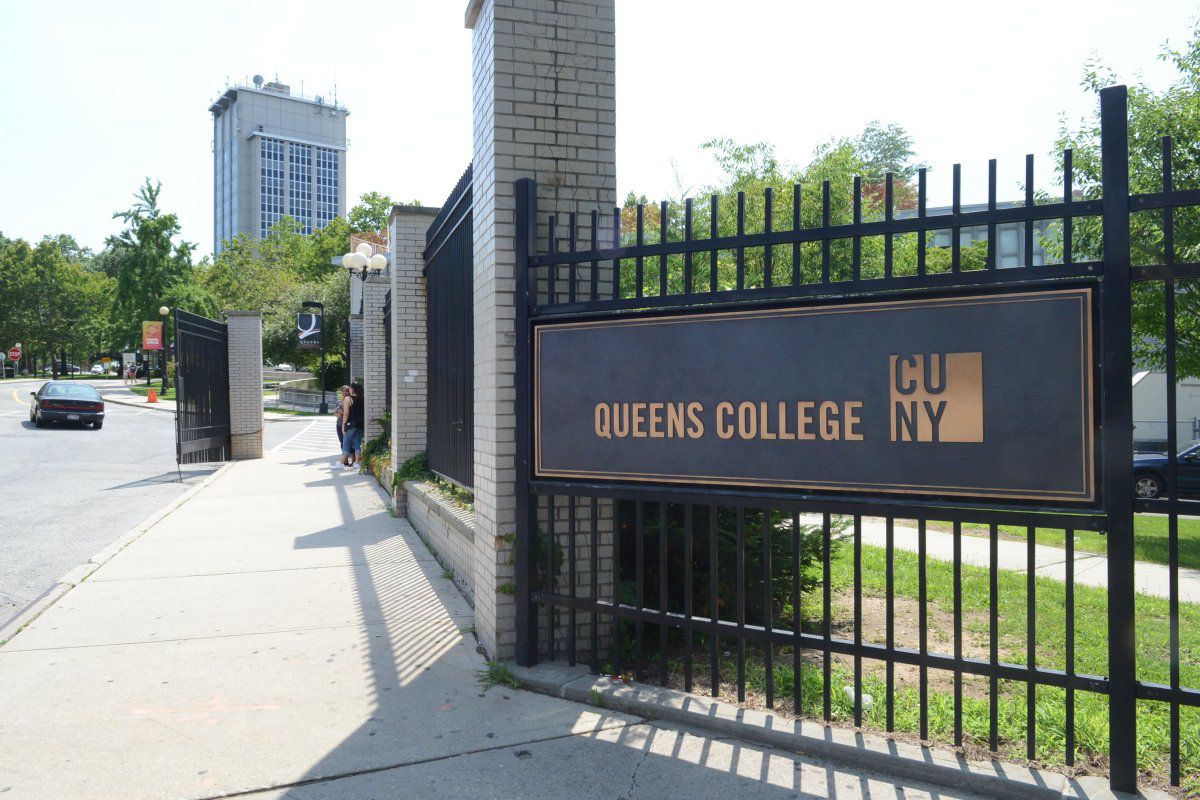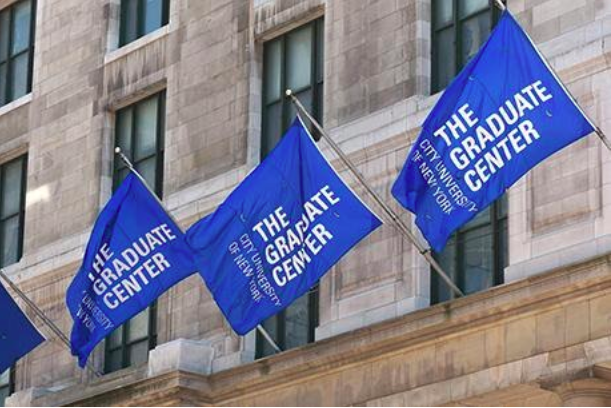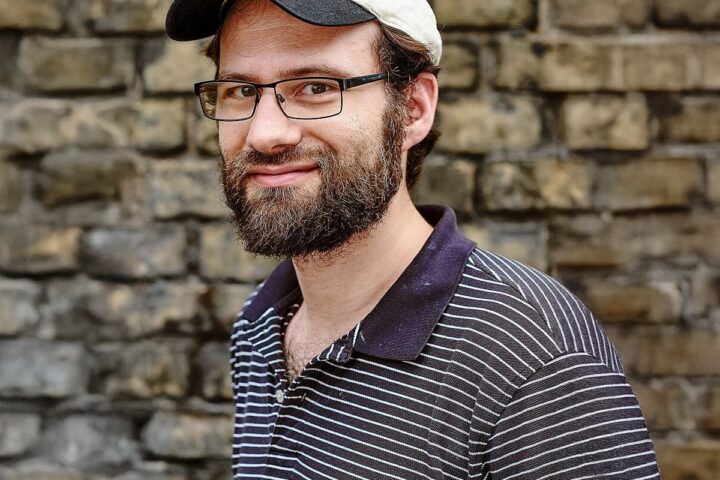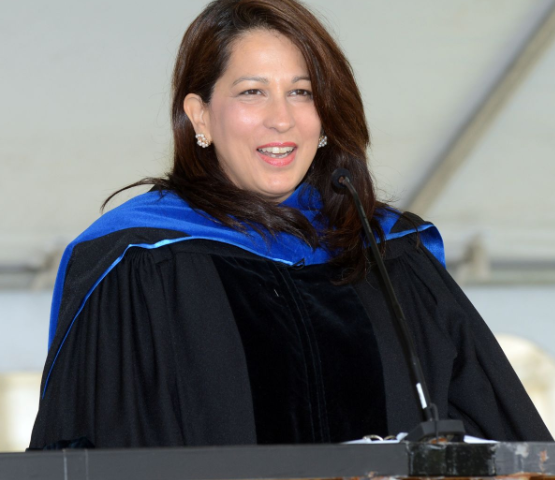Queens College, nearly 80 years old, and continues to educate more and more students, both undergraduates and graduation, every year.
The college was most recently ranked by Washington Monthly as second in the nation for the “Best Bang for your Buck,” – essentially providing a remarkable education at an affordable cost.
With dedicated and passionate faculty and an abundance of resources, QC alumni have gone on to become global leaders with highly-touted skills; leaving behind high standards for a diverse student body of close to 19,000 with higher ambitions.
Yet, not many students are aware of the history of QC and the land it is on. From Native tribes to Dutch settlers to a correctional school for boys; from wars, protests, political activist campaigns, and educational breakthroughs; the history of the college is expansive to say the least.
The hill on which QC resides was formed millions of years ago when the last glacier withdrew northbound, leaving behind boulders, gravel, sand and silt, which the nomadic Indians and Native Americans found perfect for farming, hunting and fishing. That was until the Dutch and English colonists came to settle in the 17th century and granted Flushing a patent in 1666. The Natives relocated and the hill where QC currently resides on became rural farmland passed down from family to family.
The City of New York obtained the land in the early 20th century and opened a parental school for boys. What was intended to be a sort-of trade school for disobedient boys to learn skills such as carpentry, plumbing and farming became a juvenile center, which administered severe cruelty.
A grand jury investigation led by then-District Attorney Charles S. Colden in 1934 resulted in the closing a year later due to evidence of brutality in the school.
Even with the correctional facility closed, the land and buildings were not available. Later on, then-Mayor Fiorello LaGuardia and Judge Charles Colden established Queens College on Dec. 25, 1936.
Classes began the following October with Margaret Kiely serving as the first Dean of Faculty and Dr. Paul Klapper serving as the college’s first president. President Klapper left behind a remarkable legacy and aspiration for the school — to provide a liberal arts education, producing graduates who understood the world they were about to enter and serve.
Instead of recruiting other CUNY professors at established colleges of the time, President Klapper handpicked each member based on their scholarship and interest in teaching undergraduate students. He also arranged the college’s curriculum, unusual in comparison to other schools, by creating renowned music and art departments.
Despite the hardship of the Great Depression, the first students of Queens College were described as enthusiastic for learning even while the college was still being renovated. In addition, students were not required to pay tuition.
During the 1940s, some students signed up for the armed forces to represent America in World War II. Others volunteered to help the college stay open and continued their education. As veterans returned, or didn’t return, the college created gardens and memorials.
Most notably, QC was a hotbed of activism in the 1960s. Indeed, it was dubbed “The People’s College on the Hill” by Dr. Klapper.
During this period, students fought for hot issues of the time, which included academic freedom, civil rights and complete equality. Moreover, they participated in strikes, demonstrations, debates and marches, while opposing the military draft and war in Vietnam.
Notable QC alum Andrew Goodman formed the Mississippi Summer Project to partake in the civil rights movement in the south. Tragically, he was killed along James Earl Chaney and Michael Schwerner. The Clock Tower of Rosenthal Library is named after the three.
After surviving the protests, marches and financial crisis of the 1970s, QC thrived in the 1980s with a shift in studies. A new emphasis on accounting, economics, and computer science expanded the curriculum. Clubs and leadership organizations also began to form during this time. The campus became a global village with an influx of immigrants from all over the world coming to learn at QC.
Over the years, many now-famous celebrities thrived at Queens College and made a difference in the world post-graduation. Jerry Seinfeld, Paul Simon, and sportscaster Howie Rose are just a few.
Despite countless developments and changes, QC stands today in 2015 as it did in 1937 as a “People’s College.”


